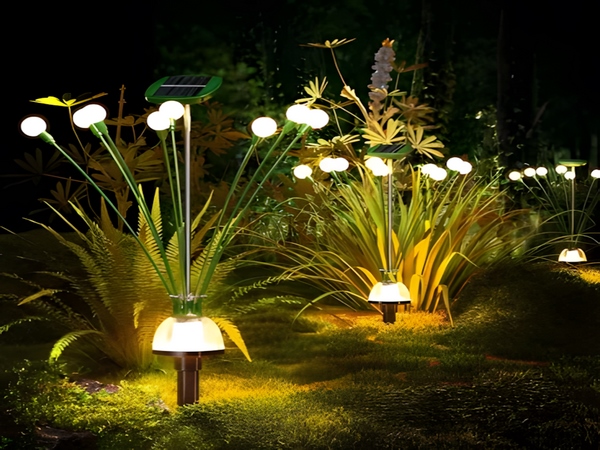
Recent reports ahead of International Consumer Rights Day have unveiled a staggering number of counterfeit products across various industries. This issue is prevalent in both the mobile phone industry and the LED lighting sector. In the domestic market, counterfeit products nearly dominate, with “shanzhai” products occupying a significant share. The LED lighting industry has been plagued by the same problems, and despite ongoing anti-counterfeiting efforts, the presence of fake products has not diminished.
LED lighting has long been regarded as an emerging strategic industry, but the heavy burden of its growth has caught many by surprise. Industry insiders believe that while LED lighting has not yet become mainstream, the market is flooded with low-priced, low-quality products, making industry reshuffling and restructuring inevitable.
Recent reports regarding the substandard testing of LED lighting products have surfaced multiple times. It has been found that during random inspections, major issues were concentrated on the lack of rated current labels on products and the absence of manufacturer identification. Additionally, some companies falsely label lower wattage lamps with higher ratings, significantly deviating from actual rated power. Furthermore, color characteristics of LED lamps were found to be inadequate due to the use of inferior phosphors during production, adversely affecting visual protection. Some products also failed dielectric strength tests, posing safety threats to consumers.
According to a report from a research institution, over 80% of traditional lighting companies in Foshan have transitioned to producing LED lighting. Public data indicates there are currently about 8,000 LED companies in the country, of which over 5,000 are situated at the downstream of the industry chain and lack mastery of relevant core technologies, resulting in very low profit margins.
As the industry faces overcapacity, the surplus of LED lighting products has led to some profit-driven companies cutting corners to gain market share by lowering prices, often resulting in subpar quality. In this context, the distinction between ‘fake’ and ‘non-fake’ becomes irrelevant; the crucial issue remains the quality.
The prolonged price wars among domestic companies have severely undermined the quality of LED products, leaving little profit. Many enterprises now face the risk of closure. By the end of 2011, more than 80 LED lighting companies had shut down in Shenzhen alone. Similarly, in Foshan, around 10% of enterprises also went out of business in 2011. Data shows that companies must maintain a gross profit margin of over 20% to achieve profitability in the LED lighting sector. The average net profit in 2011 was about 5%, while the gross profit was only around 15%, indicating a negative growth trend.

As a necessary trend in lighting development supported by national policies, why does LED continue to face quality issues? The fundamental problem lies in the absence of standardized LED lighting benchmarks. There is no complete standard system from power supply to finished products, nor are there mandatory testing and certification requirements; the quality control is left entirely to enterprises, making it impossible to guarantee quality. Currently, enforcement relies on industrial and commercial departments to handle the sale of non-compliant products in accordance with relevant laws and regulations, ensuring the protection of consumer rights.
It is well-known that the entry barriers in the LED lighting industry are low. Many small-scale workshops enter the industry without prioritizing technological research and development. Faced with intense market competition and rising raw material costs, these firms compete primarily through price wars, often sacrificing product quality. Such blind entry and low-end competition lead to chaos and disorder in the entire LED lighting market, making it difficult to manage.

LED lighting products are not inherently low-cost items, especially at this stage where LED technology has not yet reached such a point. The presence of low-priced products in the market may be attributed to cost-cutting and providing lower-quality substitutes. On one hand, the government needs to strengthen the supervision and regulation of the LED lighting industry and improve quality standards by enhancing enforcement against counterfeit products and creating a favorable environment for quality development. On the other hand, LED lighting companies must recognize that product quality is fundamental for their existence. No matter how popular a gimmick may be, it cannot compensate for the negative impact of inferior products. Companies should focus more on product development and enhancing service quality, and rely on customer feedback to launch more effective products, ensuring long-lasting success.
Lighting manufacturers specializing in the research, production, and sale of solar LED street lights for 15 years guarantee quality and provide cost-effective solutions.



